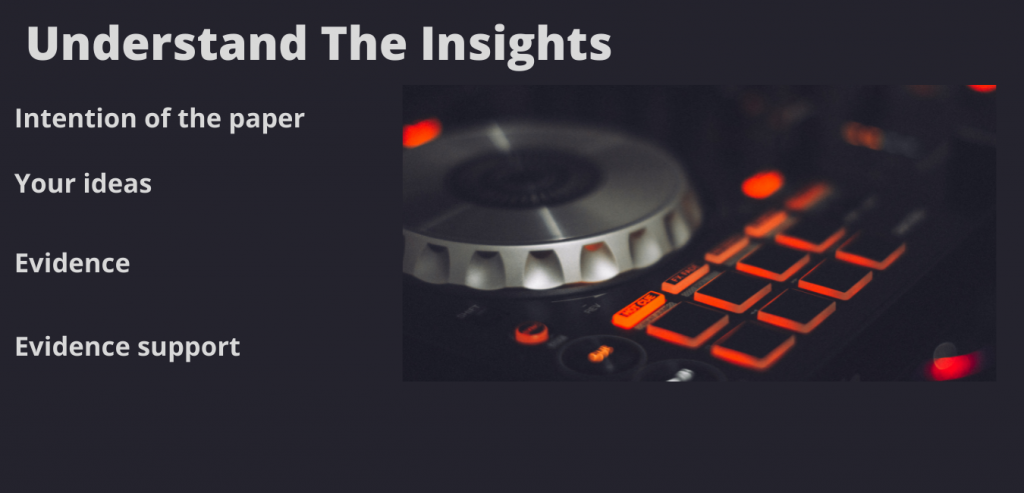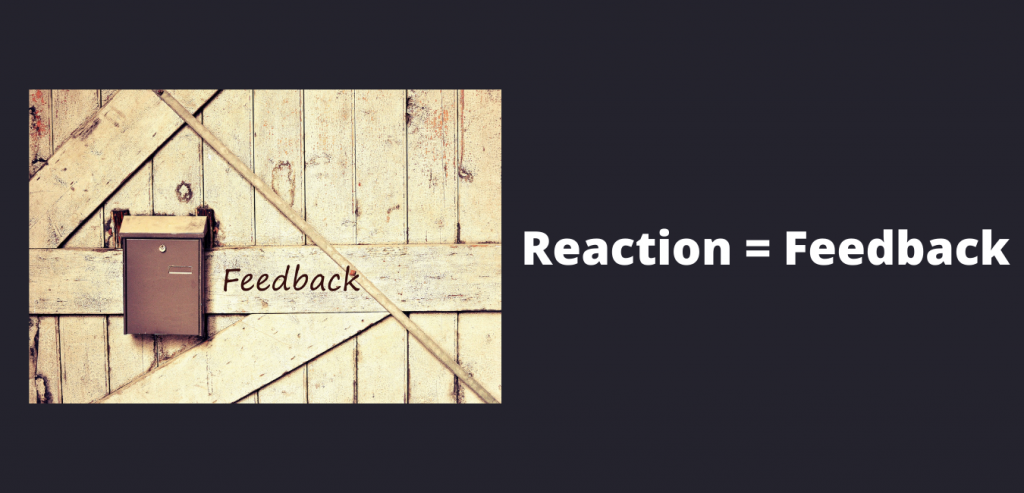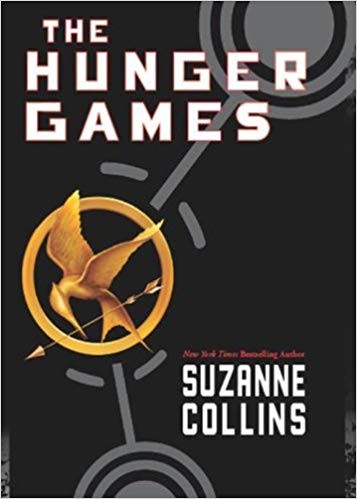How to Write a Reaction Paper-With Examples
Introduction
Reaction papers do not require the same kind of research as regular essays or other writing assignments. Reaction papers require that writers explain their opinion about something based on what they have experienced, thought about, or witnessed. Information about the topic that the writer has learned elsewhere is fine, but it should not be presented as a fact.
The process of writing a reaction ideally has two parts:
Part 1: Drafting a summary
Part 2: Writing the actual paper
First Part: Drafting a Summary
What makes a reaction paper different from other papers is that it must include a summary of the material that the writer has read, watched, or experienced. The best way to begin writing a reaction paper is with a quick draft of a summary
Here are some questions the summary answers:
- Who is the author/do they have any authority?
- What is the date of publication?
When writing the summary, ensure to keep in mind the following
- Use direct quotations only when they provide crucial information.
- Generalize the ideas in the text without going too much into details.
- Keep the personal reaction for the next part.
- Provide information that is factual and objective
Second Part: Writing the Reaction Paper
Prewriting for Your Reaction Paper
Anyone can have an opinion about something, but not everyone can write a good reaction paper. Before the writer begins writing, they should think about the topic and determine what their specific thoughts are on it. This will allow them to decide what direction they want to go with their introduction and thesis statement.
During the prewriting process, understand the following:
• Note down your initial reactions
Your first impressions of the text are often the most accurate. Remember that these first impressions may be based on your mood, so monitor yourself for thoughts about the text that might not be fair or objective. Also, recognize when it is appropriate to write down reactions while reading the text and not when until you have read the entire thing.
You are more likely to write a clear, concise, and exciting reaction paper by noting down these reactions.
• Reaction paper needs your personal opinion
The more the personal opinion is included, the better.
o It makes your response unique and interesting to read.
o Without these opinions, a response is just another review. Look at reviews of movies; they are all about what happened but never about why you think it is good or bad.
• Determine your angle
Reactions are all about different angles through which people understand things.
Determining your angle in advance will help you structure your paper in a compelling way. It is surprising how little thought is given to the angle. Your angle will give the reaction paper a uniqueness that a review will not have.
• Determine your tone
o Guiding questions like the following may help you decide on the tone of your reaction paper.
– What is my opinion about this?
– How does this relate to what I’ve read, watched, or experienced in life?
– Do I agree with “x”? Why or why not?
– What evidence do I have to support my perspective?
– What is the significance of this topic to me? Why should anyone care about it?
• Understand the goal of a reaction paper
o A reaction paper is a piece of writing that shares the author’s opinion or perspective about something. It does not present facts and information that can be found elsewhere but instead includes specific evidence to support the particular perspective. Reaction papers should answer the question, “why should anyone care about this topic?”
• Read and re-read the assigned text
o Reading the assigned text multiple times can help you determine the author’s perspective and why they feel that way about this particular topic.
o When reading, take notes about important passages and passages where the author may have contradicted themselves or left room for different perspectives by stating something in a vague way.
Understanding the Insights
One should make sure that they understand the insights of a reaction paper before continuing with their writing. The following are some points to consider about the insights of your reaction paper:
1) Always keep in mind the main idea behind what you are writing. This will help you determine whether or not your ideas have anything in common and how they fit together.
- Is this a topic that I am familiar with?
- What does this topic mean to me?
- Why is my perspective important/significant?
2) Understand the relationship between your ideas. This will help you determine how to present and organize your topic.
- Do these points contradict each other? How can I address this in my writing?
- Are there ways that these points overlap or complement each other? How can I address this in my writing?
- What do I need to include in my reaction paper to show the relationship between these ideas and perspectives?
3) Understand how you can provide evidence.
- Outline your different sections, including a title for each one.
- What evidence do I have to show that my perspective is important or how it relates to the assigned text?
4) How can you use your evidence to support your main ideas and thesis statement in a reaction paper?
- Have a list of points that summarize what you are going to say about this topic.
- Each point should be a specific example that supports your main ideas and thesis statement.
- Make sure that all of the evidence is relevant to your topic.


Reaction Paper Outline
The outline for a reaction paper should include the following pieces:
Introduction
The introduction is the first paragraph of your reaction paper, and it should include three things:
- A thesis statement that provides your particular perspective on the assigned text.
- A brief explanation as to why this topic is important.
This paragraph needs to be written clearly and concisely.
Body paragraphs
The body is the largest part of your reaction paper. The body should be made up of at least three paragraphs that explain your reactions to the text. The most effective reaction papers are not only personal but also descriptive. While you do not need to retell the story in your reaction paper, you do need to provide enough detail about what occurred so that the reader can get a clear sense of what you are reacting to. Try to incorporate as many senses into your writing as possible; sight, sound, taste, touch, and smell.
The conclusion
The conclusion of your reaction paper should include one or two sentences that summarize the main ideas of your entire paper. In these concluding remarks, be sure to restate important points and refer back to the thesis statement. You can also use this opportunity to let your readers know what they will find interesting about this topic.
This paragraph needs to be written clearly and concisely.


Developing Your Reaction Paper
Writing a reaction paper is similar to writing an essay but requires that the writer include more evidence and perspective to support their argument. This means that there needs to be a clear thesis statement present in the paper and specific examples throughout the text that can help the reader understand what point of view you have. This also means that it is important to go beyond just stating what you think.
With a subject reaction paper, introduce the main idea with an introductory sentence that outlines what this particular perspective is all about and why it’s important to discuss (e.g., In this paper, I will be arguing that ____). The thesis statement should encapsulate the entire reaction paper in one or two sentences. The thesis statement should be specific and direct in its focus (e.g., not, this paper will argue that ____; instead, I believe that ____).
Your introduction should also include a brief explanation as to why this topic is important and how it relates to or impacts other perspectives we’ve studied (e.g., this story made me think of ____; this story reminded me of ____).
The body of your reaction paper should be divided into at least three paragraphs, with each paragraph focused on a particular claim you want to make. These are the main points that support your thesis statement.
Tips for Writing an Outstanding Reaction Paper
- Don’t be afraid to go into depth about your topic, and don’t just stick to the surface details. Be descriptive.
- Personal opinions are necessary for response papers, but you will need to include outside evidence to support those opinions.
- Writing reaction papers is similar to writing essays but requires that the writer include more evidence and perspective to support their argument.
- Ensure that your writing includes specific examples throughout the text, as this will help the reader understand what point of view you have.
- Have someone else read your response paper and provide feedback. Make sure to incorporate their suggestions if relevant when writing the final draft.
- If writing a reader reaction paper, remember that you are writing for someone who has NOT read the text in question. Therefore, it is important not to include any spoilers or details that could be potentially harmful to the experience of reading this text.
- Be aware of writing biases that could influence your writing. For example, don’t use words or phrases such as ‘I have to admit (e.g., I actually thought this was a good idea at first, but now I have to admit that it’s not). This is a biased way of writing what you think without really writing what you think.
- If writing a reader reaction, it is important to keep writing style and word choice simple so that the intended audience (e.g., High school students) can fully understand your writing without getting confused or lost in too many details.
- Remember that writing is constantly evolving, so try not to be afraid of adding new content or writing styles into your writing repertoire; this will only improve your writing skills in the long run.
Reaction Paper Example:
“The U.S. Presidential Election of November 9, 2016” and “A Tale of Two Cities: America Before and After the November 8th Election” are two articles that were published within a week of each other in newspapers across America on December 1, 2016.
In this paper, I will argue that the two articles are very similar in their perspective on the U.S. Presidential Election of 2016. They both share significant knowledge about the election’s impact on America as a nation.
This topic is important because this election has been going on for quite some time now, and it is important to have a proper perspective and understanding of what happened so that we can learn from it and move forward as a nation.
The world has been watching in anticipation on November 9, 2016, when the winner of this year’s U.S. Presidential Election was going to be announced. In “A Tale of Two Cities: America Before and After the November 8th election”, Ferdman talks about how the election has significantly impacted America’s economy and how Americans’ opinions about either candidate have created a divided nation. For example, Ferdman writes that “the economic forecast for the next four years is best described as cloudy” (Ferdman).
The author also mentions President-Elect Donald Trump’s plan to create jobs in America through a $1 trillion infrastructure investment plan. Ferdman describes the election as “a disconnect between the candidates and reality” (Ferdman). We can conclude from this that Ferdman is taking an opposing stance on Trump’s proposal because he views it negatively and does not think it is likely that it will be successful.
The article “The U.S. Presidential Election of November 9, 2016” by Elmlinger is another example of how negatively this election has affected America’s economy. Elmliger discusses the fact that Americans were already extremely divided before the election took place; for example, 52% of Donald Trump’s supporters would have been upset if he lost the election, and 45% of Hillary Clinton’s supporters would have been bitter if she lost (Elmliger).
Elmlinger also writes about how the election impacted businesses and the stock market, “American companies that rely on foreign investments have seen their stocks drop in value” (Elmlinger). This is evidence for Ferdman’s claim in his article that the election’s economic impact has been negative.
In conclusion, both articles make the same claim about how the U.S. Presidential Election of November 9 has negatively impacted America as a nation, and they do so using similar language and writing styles. For example, both authors use strong words like “disconnect”, “economic forecast”, “divided”, “cloudy,” and “negative” to describe their argument.
The language used to describe this event is very straightforward, which allows the intended audience (high school students) to fully understand the authors’ perspective on the election without getting confused by too many details.
Therefore, this topic is important because both authors have the same perspective on the election, making it easier to understand and analyze.
Common Mistakes to Avoid while Writing a Reaction Paper
Students often make lots of mistakes while writing a reaction paper. Here are some things to avoid while writing one:
- Don’t use this paper as an opportunity to make yourself look good by providing a completely different perspective than what is in the articles (in other words, don’t contradict yourself).
- Don’t include irrelevant information. The paper should be about the articles and related ideas only.
- While you can certainly use quotes from the articles, don’t quote every sentence or phrase that supports your perspective; instead, provide a good summary of what both authors believe.


Summary
The reaction paper should be a personal opinion. It is important first to determine your angle and tone, then read the text carefully and deliberately. Understanding what you are reacting to will help understand how it may affect other people who are not in agreement with your viewpoint or argumentative stance. Finally, remember that this is just one person’s perspective on an issue; there is no wrong or right answer – only different perspectives for consideration.


I‘m a freelance content and SEO writer with a passion for finding the perfect combination of words to capture attention and express a message. I create catchy, SEO-friendly content for websites, blogs, articles, and social media. My experience spans many industries, including health and wellness, technology, education, business, and lifestyle. My clients appreciate my ability to craft compelling stories that engage their target audience, but also help to improve their website’s search engine rankings. I’m also an avid learner and stay up to date on the latest SEO trends. I enjoy exploring new places and reading up on the latest marketing and SEO strategies in my free time.





